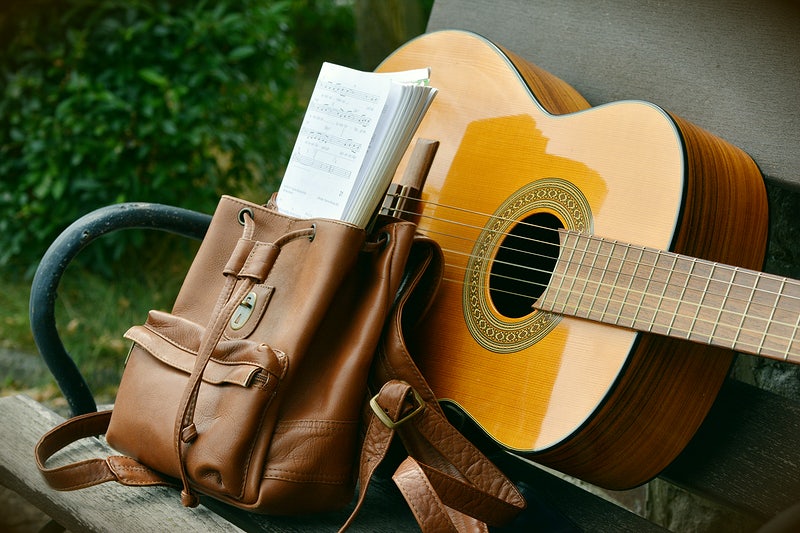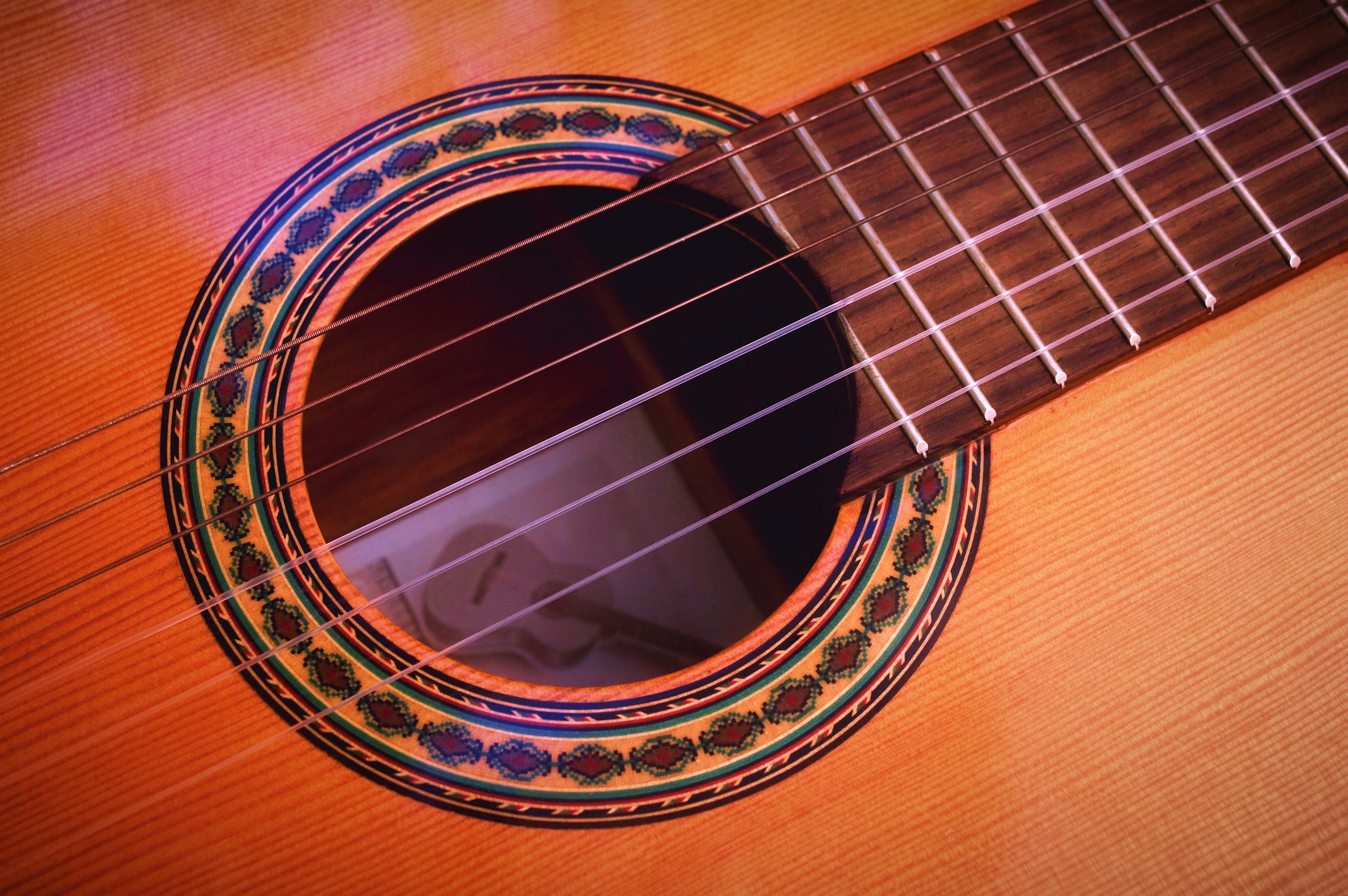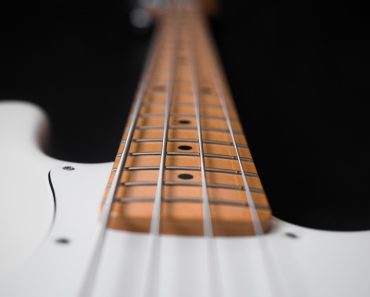I’d want to give you some guitar lessons for kids so that you may pass on your guitar skills to the kids or grandkids in your life. You’ll be able to share the pleasure of your guitar playing with a loved one while also increasing your knowledge and abilities at the same time. Everyone’s a winner!
We’ve all been there, trying to get some playing in and the little tyke or diva in our lives is pestering us and tugging on the chords or attempting to detune our guitar while we’re playing. If that’s the case, it usually indicates they want to learn, which is an excellent starting point for you as a
At some point in their life, nearly all youngsters are astonished (just like the rest of us) by this magnificent instrument. If they observe a loved one playing anything, these feelings of awe frequently reach new heights.

Lesson 1: Encourage them to strum while you play the chords.
When a kid can’t play chords, one of my favourite things to do is to fret the chords to a song while having them strum the notes.
This is a wonderful method to bring music into the home with a young family. Because we all have trouble sounding good at first, this is because they will fight through it as an adult would. However, whereas an adult would typically persevere past this point, a youngster may give up much earlier than that.
Creating a song is a great way to teach them how to play the chords and changes, and it’s even better if you can get them to execute this while they’re listening. As a result, choosing a song and having them strum along with a very basic strum pattern such as D, D, D, D, – basically four down
Pick out a song that they are familiar with and they will enjoy being involved. Strum the chords to a steady rhythm, and it will sound appealing.
Make it a fairly recent nursery rhyme or a classic radio/Spotify song if they are older.
Lesson 2: Get them to fret a few notes.
The alternative is for you to have the youngster fret a note on the guitar, preferably on the high E string, while you play a rhythm on this note. After playing one bar of music, have them swap notes.
Any scale markings on the high E string (or any other string you choose), such as the third and fifth frets, as well as the open string, will do.
Simply make the rhythm you pick intriguing. If you’re unsure what rhythm to play, try playing the identical strum pattern as before, but on this one string and using the correct order of downs and ups.
Lesson 3: Melodies on a single string.
Now we can go even further and have the youngster use both hands at once, but still play only on one string. Here, a really simple tune that they will be familiar with and recognize is essential.
There are many other songs that you might use to wish your child a happy birthday; however, ‘Happy Birthday’ is the most popular song in the world. It’s one that humans from all corners of the globe recognize and if my kid, Archie, is anything like him, they will enjoy singing it.
Get them started with this simple method. The most important thing is to encourage them to sing as they play it, so make sure you join in as well.
Over time, you may teach them how to construct a melody in this style so it appears sophisticated. This can be done one step at a time as I explain in my easy tutorial, “How to Create Beautiful Fingerstyle Arrangements of Your Own,” which is exclusively available as part of my membership package.
As usual, start simple and then teach them how to build the melody up over time, and you will not only encourage them with a piece they know and adore but also show them how to improve their melodies even when it’s as basic as possible.

Lesson 4: Provide them with a ukulele.
The ukulele is a fantastic entry-level guitar and one that is especially fun for children. This is due to the fact that the uke has light nylon strings, is small in size, and has only four strings.
Make sure you tune it on a regular basis since the short scale length (which means the strings’ length) makes the instrument go out of tune faster than you can sing the first line of “Old Macdonald.”
Once they’ve got their ukulele, begin teaching them the C and A minor chords, as seen below.
Lesson 5: “Semi Chords”
In this lesson, we’ll take lesson #4 to the guitar and be inspired by ukulele chords. We can start by playing four-string versions of chords that we are all supposed to master.
Although chords are harmful to young children, semi chords are an excellent method to get them started. Instead of playing the G, C and E minor chords in a normal manner, teach youngsters to play the semi-chord version by disregarding the low E and A strings.


